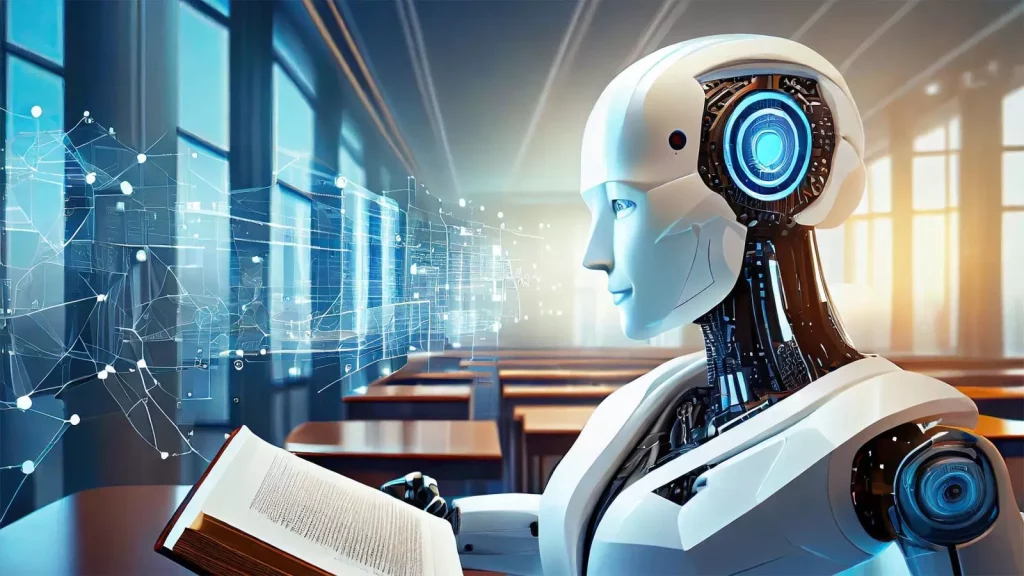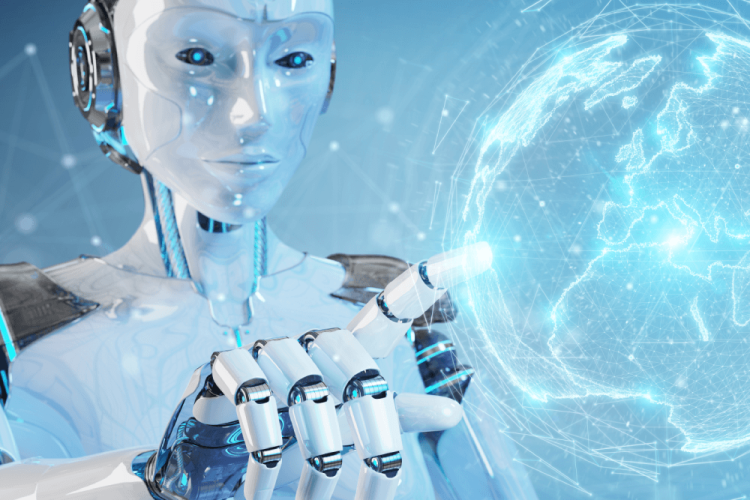Introduction: From Tools to Transformation
Artificial Intelligence (AI) has progressed far beyond basic automation. While early AI primarily replaced repetitive tasks, today it is reshaping entire industries and redefining human potential. From healthcare to finance, manufacturing to creative arts, AI is transforming how work is done, how decisions are made, and how people realize their capabilities.
This essay explores AI’s impact on industries, the ways it augments human potential, and the opportunities and challenges that lie ahead.
1. AI in Industry: Redefining Operational Efficiency
1.1 Manufacturing and Robotics
- AI-driven robots enhance precision, productivity, and safety.
- Predictive maintenance reduces downtime and costs.
- Case Example: Tesla’s Gigafactories utilize AI for real-time production monitoring and efficiency optimization.
1.2 Supply Chain and Logistics
- AI algorithms optimize routing, inventory management, and demand forecasting.
- Companies like Amazon leverage AI to predict shipping needs, reduce delivery times, and minimize costs.
1.3 Finance and Banking
- Fraud detection, algorithmic trading, and personalized financial planning rely heavily on AI.
- Robo-advisors provide automated portfolio management to retail investors.
2. AI in Knowledge and Service Sectors
2.1 Healthcare
- AI assists in diagnostics, drug discovery, and patient monitoring.
- Case Example: IBM Watson Health analyzes medical data to improve treatment plans.
- AI-driven imaging tools detect diseases like cancer faster and with greater accuracy.
2.2 Education
- Adaptive learning platforms tailor content to individual student needs.
- AI tutors provide scalable personalized guidance, especially in remote regions.
2.3 Legal and Administrative Services
- AI automates document review, contract analysis, and regulatory compliance.
- Reduces repetitive work, freeing professionals for higher-value decision-making.

3. AI in Creativity and Human Potential
3.1 Art, Music, and Media
- Generative AI tools create original content, complementing human creativity.
- Artists and designers leverage AI to explore new forms and accelerate workflows.
3.2 Collaboration Between Humans and Machines
- AI augments cognitive abilities, allowing humans to focus on strategy, problem-solving, and innovation.
- Examples: AI-assisted coding, research analysis, and creative brainstorming.
3.3 Ethical and Social Considerations
- Intellectual property questions arise when AI contributes to creative works.
- Balancing AI assistance with human agency is crucial to preserve purpose and satisfaction.
4. Emerging Industries Driven by AI
4.1 Autonomous Vehicles
- AI powers self-driving cars, drones, and delivery robots.
- Potential to reshape urban planning, transportation networks, and logistics.
4.2 Green Technology
- AI optimizes energy consumption, predicts renewable energy generation, and improves climate modeling.
- Supports global sustainability goals while creating new investment opportunities.
4.3 Biotechnology and Life Sciences
- AI accelerates gene editing, drug discovery, and personalized medicine.
- Opens avenues for previously impossible research timelines.
5. Opportunities and Challenges
- Opportunities:
- Increased productivity and efficiency across sectors.
- New career paths in AI research, development, and oversight.
- Expanded human potential through collaboration with intelligent systems.
- Challenges:
- Job displacement in routine occupations.
- Ethical dilemmas in decision-making and creative ownership.
- Dependence on high-quality data and cybersecurity risks.
6. Future Outlook: Human-AI Synergy
- AI will increasingly complement human labor rather than fully replace it.
- Education systems and workforce training will need to focus on critical thinking, creativity, and AI literacy.
- Industry-specific AI ecosystems will continue to grow, emphasizing both efficiency and innovation.
- Governance frameworks will evolve to ensure AI benefits society while minimizing harm.
Conclusion: Beyond Automation
AI is no longer merely a tool for efficiency; it is a transformative force redefining industries and human potential. The greatest value of AI lies not in replacing humans but in amplifying human creativity, decision-making, and problem-solving abilities.
Societies, businesses, and individuals that embrace this human-AI synergy will be best positioned to thrive in the rapidly evolving 21st-century landscape. The challenge is clear: adapt, innovate, and collaborate with AI, or risk falling behind in an era where intelligence is both artificial and profoundly human-augmented.
















































